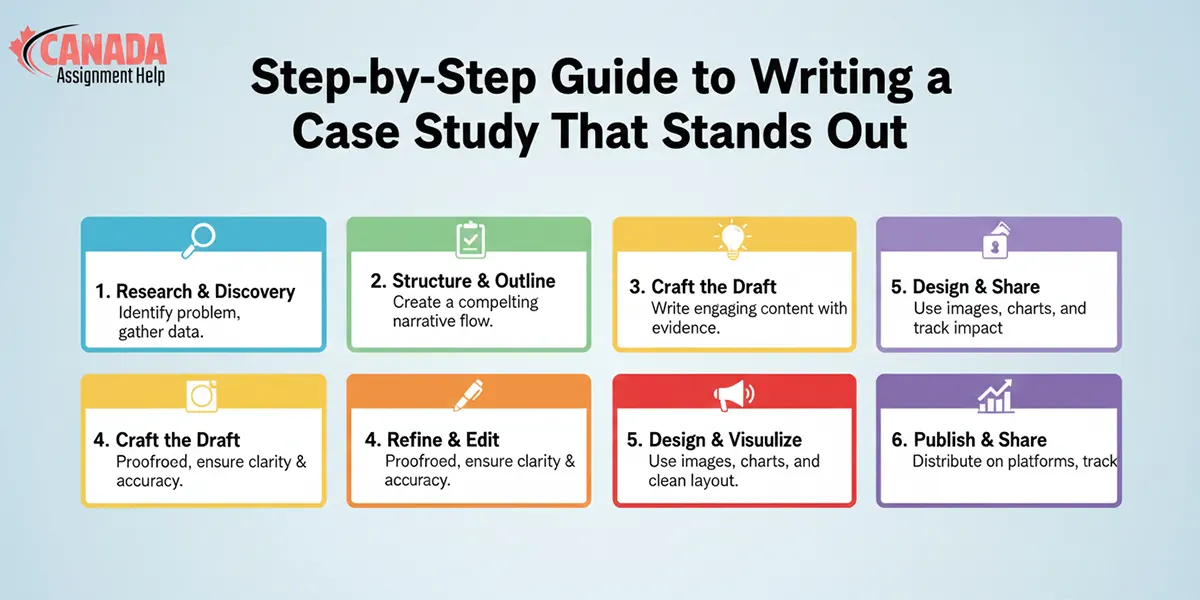Ensuring full commitment with the SDG 4, Canada is striving to make its education inclusive, high quality and a source of lifelong learning for all. Considering it is home to some of the world’s best universities, ranks among the top 10 global education systems, and has inclusive educational policies, it is a sought after country for academic goals. Apart from the local student statistics, this country also serves a large proportion of international students.
However, these perks come with an equally quality-focused, research intensive and learning oriented academic approach, making it a challenging feat for students. From exams to assessments and assignments, the system employs various sources to implement this approach. Here, we will specifically talk about assignment writing.
Whether you are a local student or an international one, Canadian assignment writing is tough. It requires time, concentration, and dedication plus compliance with strict quality standards. Hence, many Canadian students struggle with it. If you are experiencing it too, follow our guide where we will learn how to tackle these assignments effectively.
Writing Assignments in Canada - The Process
Understand the Requirements and Prompts
The first and foremost step in writing a quality assignment starts from reading the brief. Here, students must be very thorough and meticulous. Any ignorance here can lead to a lack of understanding of the real objectives of the assignment and ultimately rejection or poor grades. So, spend time reviewing it and ensure you have sufficient knowledge of:
- Type of assignment you have to write (essay, report, case study, reflection, etc.)
- Word count
- Referencing style (APA, MLA, Chicago, Harvard, etc.)
- Submission format and deadline
- Assessment criteria or rubric
For any confusion, do not hesitate to ask your instructor.
Conduct Thorough Research
Now, understand the topic you have to write about. For that, in depth and comprehensive research is the key. Explore various sources, but credible ones, to have a complete understanding of the topic and what other studies have concluded about it. You can utilize:
- Academic journals
- Books from the university library
- Government publications
- Reputable websites (ending with .gov, .edu, or .org)
When you are conducting research, keep track of every study and source for easy referencing later.
Create Assignment Structure
All the information you have gained and your valuable insights are useless if you do not accurately convey them to the readers. To ensure seamless communication, organized and structured content is important. So, develop an outline of the assignment before proceeding further. A general assignment format features three parts.
Introduction
Here, you introduce the topic, provide its context and state your thesis statement
Body
It is the main part. You go into explanatory mood here. You give your insights, ideas and arguments with proper research references to support them. This section includes paragraphs. Ensure you convey one idea per paragraph for clear understanding and that all paragraphs must connect with each other.
Conclusion
In this section, you conclude your writing by providing final thoughts on the topic while tying them to the thesis statement.
While developing an outline, write pointers for each section related to what you want to talk about and extend them. It makes the process efficient, organized and adds writing flow.
Follow the Canadian Academic Writing Style
While drafting, make sure you are following the Canadian academic writing requirements featuring:
- Clear and formal tone
- Critical analysis over descriptive writing
- Logical flow of ideas
- Proper transitions between paragraphs
Do Proper Referencing And Citation
The Canadian education system is highly strict against plagiarism, which may lead to serious consequences if found in your writing. Hence, you must give credit to the rightful authors through accurate referencing and citations. For that,
- Follow the style guide your brief mentions or one relevant to your field.
- Be consistent throughout the assignment with that style or format.
- Use citation generators like Zotero, Mendeley, or Cite This For Me.
- Cross check in text citations with referencing list for verification.
For maximum accuracy and originality, run your assignment through advanced detection tools before submission.
Edit And Proofread The Draft
When working on an assignment, your mind is busy with several activities simultaneously, including gathering resources, understanding the topic and so on. This routine distracts your attention and leads to making errors in assignment writing. Therefore, it is important that you edit and proofread your document before submission if you want to secure an A+. Thoroughly review your draft and eliminate errors like:
- Grammar and spelling errors
- Sentence clarity
- Logical flow
- Consistency in formatting and referencing
Manual editing is mandatory. However, along with it, you can get assistance in the process using Grammarly or Hemingway Editor.
Ensure Submission Requirements
Canadian universities follow certain submission requirements. Hence, before submission, ensure you meet them:
- File format (usually .docx or .pdf)
- Naming conventions
- Online submission platforms
Tips for International Students
- Try to get familiar with the academic culture and standards of Canada.
- Get peer help, join study groups or academic support services offered by your institute.
- If it is getting beyond your control, do not hesitate to get quality assistance from a professional assignment writing help in Canada.
Final Thoughts
Assignment writing in Canada is more than just writing your thoughts on the paper. It is a comprehensive process designed to enrich your learning, increase your knowledge and utilize your full potential. When you work on these assignments with full adherence to standards, you not only get the required subject expertise but also polish your academic and professional skills necessary for a thriving future ahead.
So, for high quality, well-timed and worthy assignments, follow the provided guideline, but ensure you manage your time effectively and have a strong grasp of academic writing criteria. With these factors in place, you can effortlessly craft assignments that stand out and contribute to your learning.










